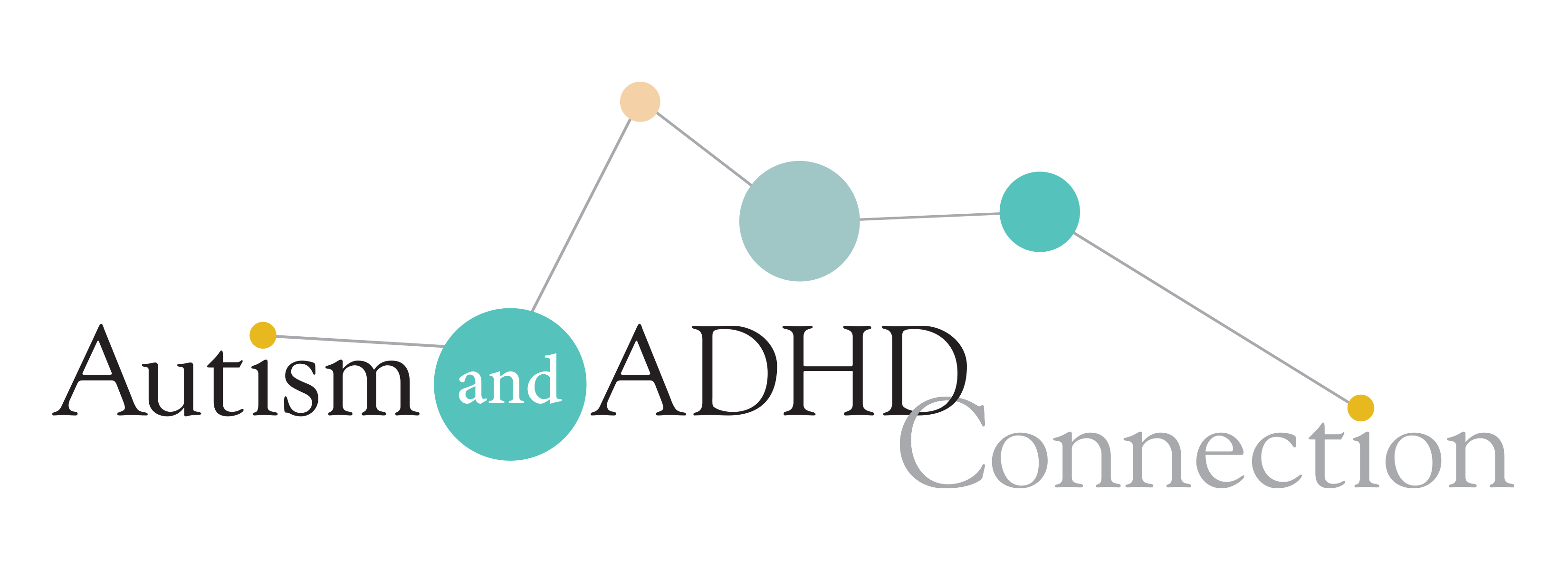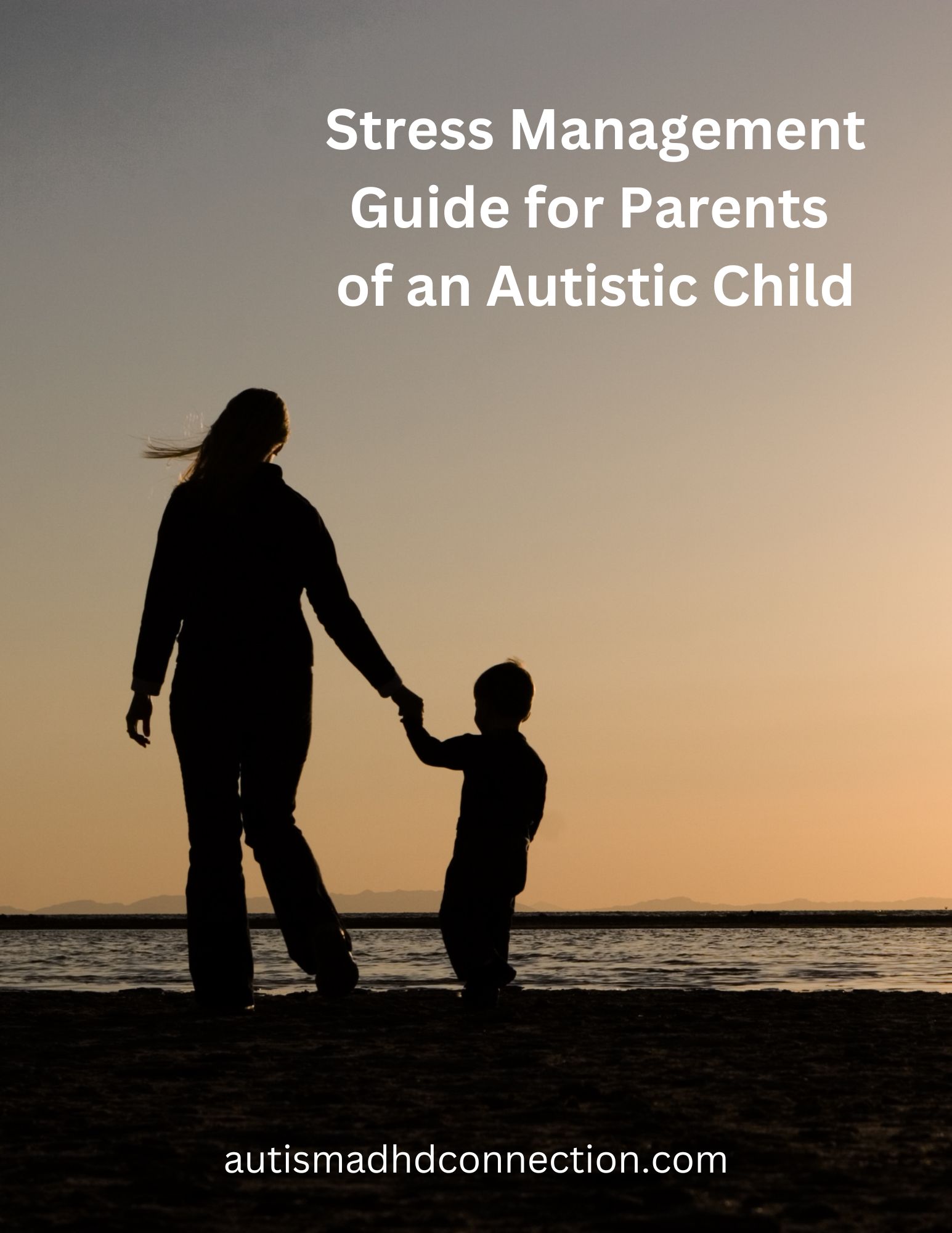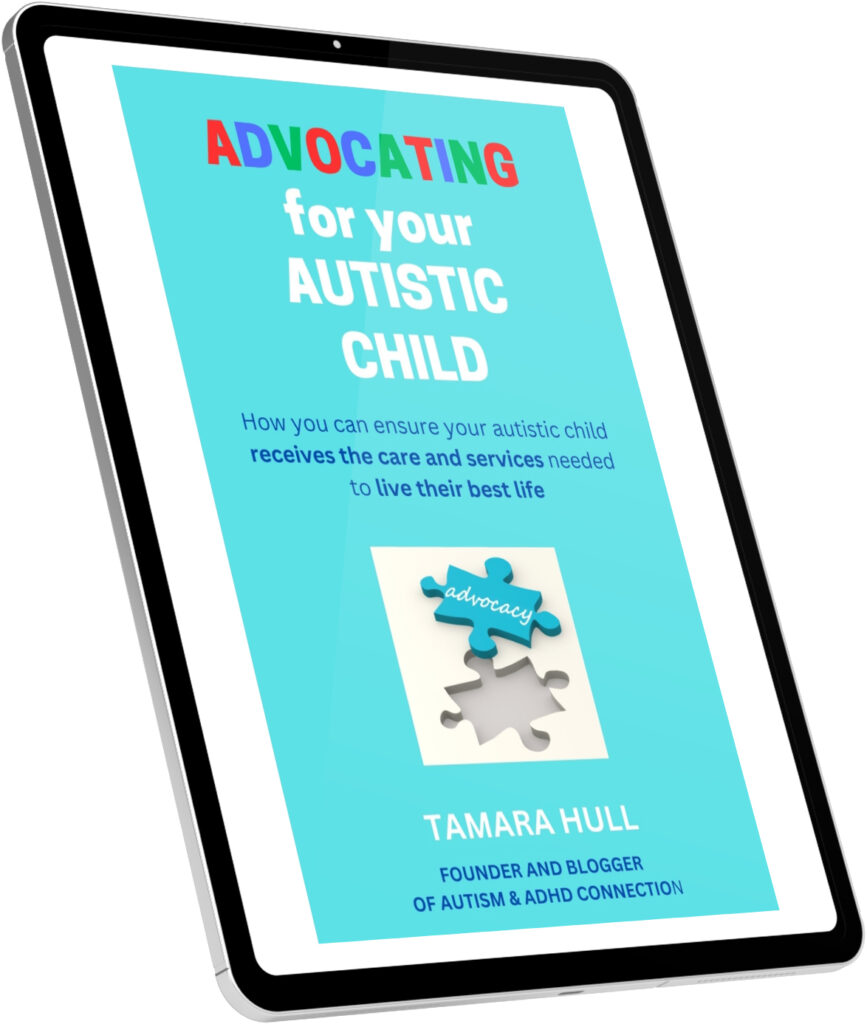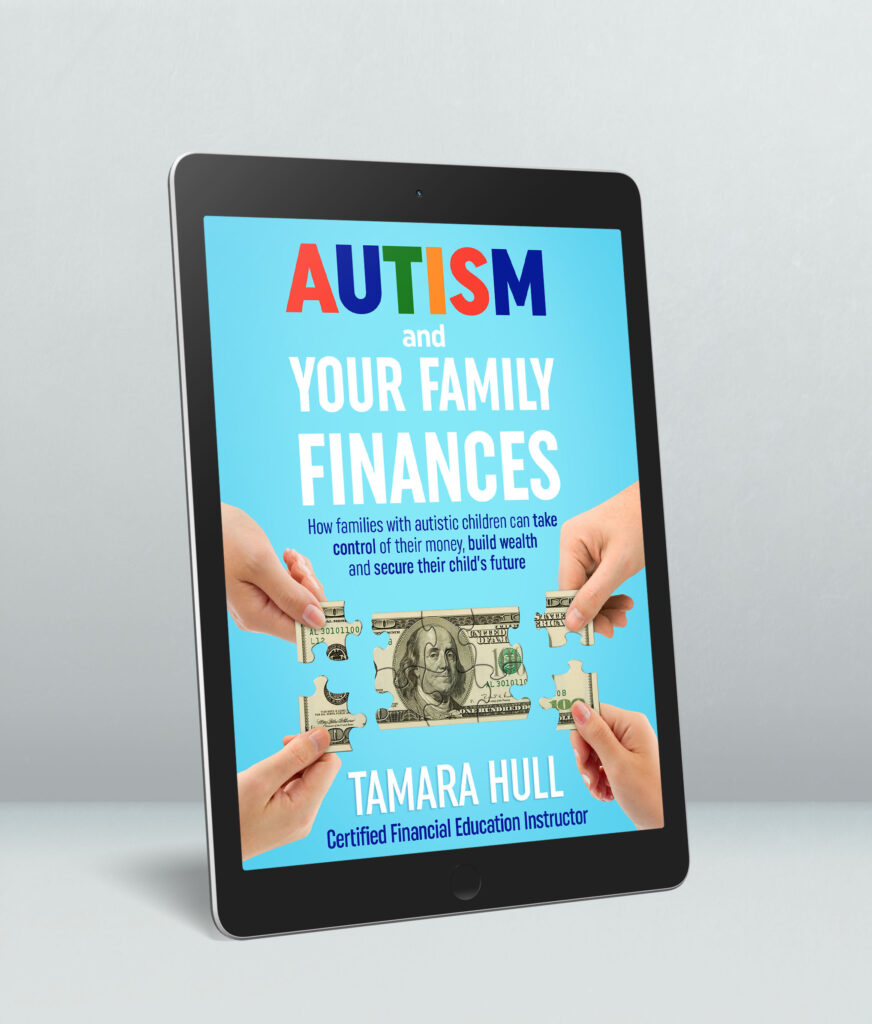When people think of autism, they usually imagine children. In fact, when I did my capstone project for my master’s degree, I evaluated media coverage of autism. One of my findings is that media tend to infantilize autism and focus primarily on children in their news stories. Yet, our autistic children will grow up to become autistic adults. This isn’t something they grow out of over time. When I researched autistic adults, I found some of the statistics daunting.
Autistic adult statistics
- As of 2014, about 1 percent of the people in the world are on the autism spectrum, or about 3.5 million.1 (Note: With the latest prevalence numbers growing significantly in the U.S. alone, I think this number is probably higher and will be looking for an updated statistic in the future.)
- Throughout the next decade, about 50,000 adolescents each year will transition to adulthood and will no longer be eligible for autism services through school systems.2
- The lifetime cost for a person with autism is about $2.4 million in the United States (2014).3
- About a third of adults with autism are non-verbal, or minimally verbal, which means they do not speak or have significant speech impairment.4
- Most of autism’s costs in the United States are for adult treatment and services, estimated between $175 and $196 billion a year. That is compared to $61 to $66 billion per year for children.5
- More than a fourth of adults with autism suffer from depression.6
- More than 50 percent of adults with autism are unemployed and not enrolled in vocational school or college within two years after high school, which is a lower rate than other disabled adults, including those with an intellectual disability or speech-language impairment.7
- Almost 50 percent of 25-year-olds with autism have never had a paying job.8
- Research shows that job responsibilities that foster independence decrease symptoms and expand a person with autism’s daily living skills.9
- Adults with autism generally have one of three living arrangements: independent living, community housing or family/caregiver housing.
What can we do to improve these statistics for our autistic children as they become adults?

So how can you improve the odds that your autistic child can live the best life they can as an adult? I have asked myself that question over the years as my son J has gotten older and just recently turned 18 years old. Some of these statistics are just what they are and cannot be changed. However, increasing the chances that your child or teen may be able to obtain the education they need to be gainfully employed and live a more independent life could be something you can influence, depending on their capabilities.
Here are some things you can do to help:
- Ensure you are obtaining all the education support you can for your child during their school years. You may need to advocate heavily for your child during the Individualized Education Plan meetings but do your research and insist on leaving nothing out that your child has a right to receive.
- Begin transition services in late middle school to ensure your teen receives everything they need from school as they look to life after high school.
- Teach your teen essential life skills. What are the most important ones? See my blog post on this topic.
- Help your teen learn self-advocacy skills. Being able to self-advocate is so important as adults.
- Make sure your teen knows how to manage money to the best of their ability. Check out my Kids Money Skills series that provides six easy lessons to help you teach your teen about all the major aspects of money management.
- Line up volunteer activities for your teen. Not only does this bring personal satisfaction and benefits, but it’s a great way to get experience for their first part-time job.
- Contact your local Vocational Rehabilitation office to see if your teen is eligible for job coaching and employment services. Our son worked with a job coach through VR to find his first part-time job during high school.
- Start preparing for post-secondary education early if you think your autistic child will one day be able to go to college or trade school. Read this post to find out the steps you can start taking today.
- Help your autistic teen or young adult obtain the accommodations they need to be successful if they are going to college or trade school. Find out more in this post.
- Prepare for your child’s future by making sure your family finances are in good shape and that you take steps to secure your and your child’s future. Check out my “Autism and Your Family Finances” book for a roadmap to help you.
Taking the time to prepare your autistic child for the transition to adulthood and continuing to support them through their young adult years could make a big difference in outcomes as they become an adult. Do you have an autistic young adult? What has been your learning? Leave a comment so that we can share and encourage each other on this journey.
Additional resources
Want more information about this topic? Check out these resources.
The Breakaway: A Parent’s Guide to Transitioning the Autistic and Twice Exceptional Adolescent Into Young Adulthood (affiliate link)
Life Journey Through Autism: A Guide for Transition to Adulthood (affiliate link)
The ASD Independence Workbook: Transition Skills for Teens and Young Adults with Autism (affiliate link)
Adolescents on the Autism Spectrum: A Parent’s Guide to the Cognitive, Social, Physical, and Transition Needs of Teenagers with Autism Spectrum Disorders (affiliate link)
References:
1. Autism Society, retrieved from https://www.autism-society.org/what-is/facts-and-statistics/.
2. Autism Speaks, retrieved from https://www.autismspeaks.org/autism-statistics.
3. Feinberg, E., Augustyn, M, Fitzgerald, E. et al. (2014). Improving Maternal Mental Health After a Child’s Diagnosis of Autism Spectrum Disorder: Results from a Randomized Clinical Trial. JAMA Pediatrics. 168(1):40-46.
4. Tager-flusberg H, Kasari C. Minimally verbal school-aged children with autism spectrum disorder: the neglected end of the spectrum. Autism Res. 2013;6(6):468-78. doi:10.1002/aur.1329.
5. Autism Speaks, retrieved from https://www.autismspeaks.org/autism-statistics.
6. Ibid
7. Ibid
8. Ibid
9. Ibid








